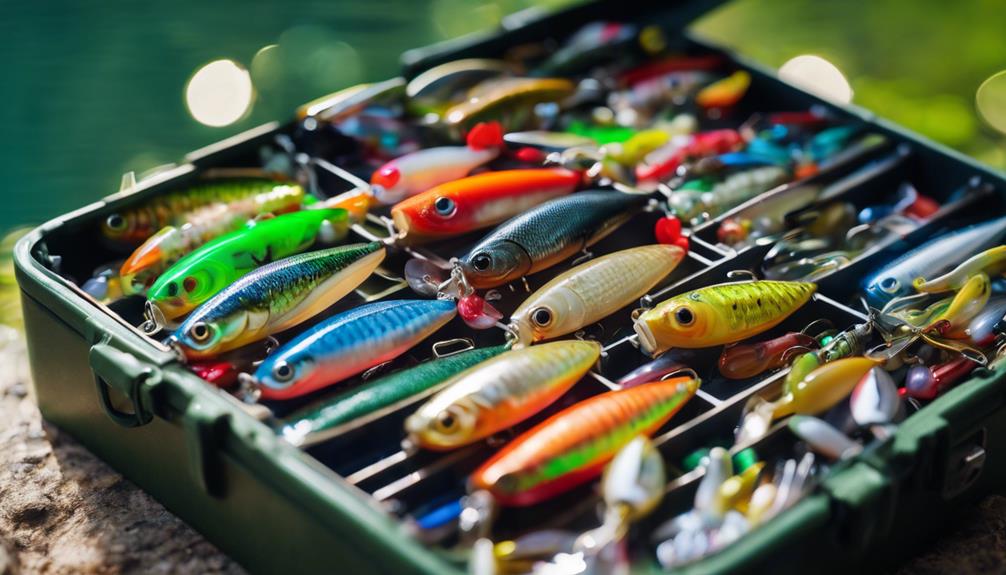Understanding the Basics of Fly Fishing
Fly fishing is a method of angling that utilizes an artificial fly to catch fish. Unlike traditional fishing, which often uses bait or lures, fly fishing involves casting a lightweight fly that mimics the appearance and movement of aquatic insects or baitfish. This technique requires specialized equipment, including a fly rod, reel, and a variety of flies. The primary goal of fly fishing is to catch species such as trout, bass, and salmon, making it a popular pastime among anglers seeking a unique blend of challenge and relaxation.
The History and Evolution of Fly Fishing
The art of fly fishing dates back to ancient times, with evidence suggesting that it was practiced as far back as the Roman Empire. Over the centuries, it has evolved into a sophisticated sport with its own culture and traditions. The modern fly fishing we know today was largely shaped during the 19th century, with the introduction of synthetic materials and advanced rod technologies. This evolution has expanded the techniques and styles of fly fishing, enabling anglers to pursue a variety of fish species in diverse environments.
Essential Gear for Fly Fishing
To embark on your fly fishing journey, having the right gear is crucial. Key components include a fly rod, which is typically longer and more flexible than standard fishing rods, and a fly reel designed to accommodate the unique demands of fly line. Additionally, you’ll need a selection of flies—these can be dry flies, wet flies, streamers, or nymphs—each designed to attract different species. Other essentials include fly line, leaders, tippets, and a variety of accessories such as a tackle box, waders, and a fishing net. Investing in quality gear is vital for improving your experience and success on the water.
Choosing the Right Fly for Your Fishing Conditions
Selecting the appropriate fly is a critical aspect of successful fly fishing. The choice largely depends on the type of fish you are targeting, the season, and the water conditions. For instance, during a hatch or when insects are abundant, dry flies can be particularly effective. Conversely, during times when fish are feeding beneath the surface, wet flies or nymphs may yield better results. Understanding local ecosystems and fish behavior is essential for making informed decisions about which flies to use, enhancing your overall fly fishing experience.
Techniques and Strategies for Successful Fly Fishing
Mastering fly fishing techniques is vital for catching fish effectively. Casting methods, such as the overhead cast and roll cast, are fundamental skills that every angler should learn. Additionally, understanding how to read water and identify the best fishing spots—such as riffles, pools, and eddies—can significantly increase your chances of success. Another important strategy is to pay attention to the weather and time of day, as fish are often more active during certain conditions. By combining these techniques and strategies, you can develop a more nuanced approach to fly fishing.
The Importance of Conservation in Fly Fishing
As an angler, practicing conservation is essential for preserving the environments we cherish. Responsible fly fishing involves adhering to local regulations, practicing catch-and-release, and being mindful of your impact on aquatic ecosystems. It’s crucial to avoid damaging habitats, such as nesting areas or vegetation, and to clean up after your fishing outings. Many fly fishing organizations promote sustainable practices and advocate for the protection of waterways, ensuring that future generations can enjoy this beloved sport. Engaging in conservation efforts not only benefits the environment but also enhances the overall experience for all anglers.
Finding the Best Fly Fishing Locations
Choosing the right location for fly fishing can greatly influence your success and enjoyment. Popular destinations vary widely, from serene mountain streams to expansive coastal waters. Researching local rivers, lakes, and reservoirs known for their fly fishing opportunities is a great starting point. Additionally, many regions host fly fishing clubs and communities that can provide valuable insights and recommendations. Whether you’re seeking a tranquil experience in nature or the thrill of casting in a bustling river, finding the perfect spot is key to a rewarding fly fishing adventure.
Joining the Fly Fishing Community
One of the most rewarding aspects of fly fishing is the sense of community that surrounds it. Joining local clubs or participating in online forums can enhance your skills and provide networking opportunities with fellow anglers. Many communities organize events, workshops, and guided trips, offering a chance to learn from experienced fishers and share your passion. Whether you’re a novice or a seasoned angler, connecting with others who share your enthusiasm for fly fishing can lead to lifelong friendships and unforgettable experiences on the water.
In conclusion, fly fishing is more than just a method of catching fish; it’s a multifaceted sport that combines skill, patience, and a deep appreciation for nature. Understanding the basics, choosing the right gear, and mastering techniques can enhance your experience and success. Moreover, embracing conservation and engaging with the fly fishing community can enrich your journey. Whether you’re casting your line in a tranquil stream or exploring the vast ocean, fly fishing offers an unparalleled connection to the natural world. So grab your gear, hit the water, and immerse yourself in the captivating world of fly fishing.
